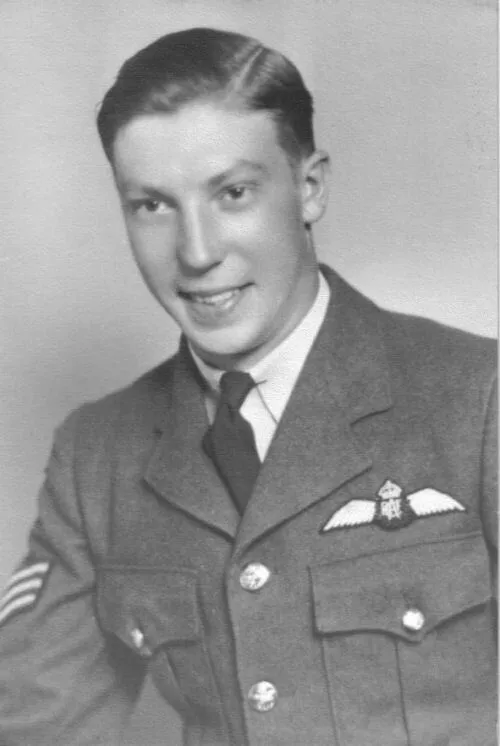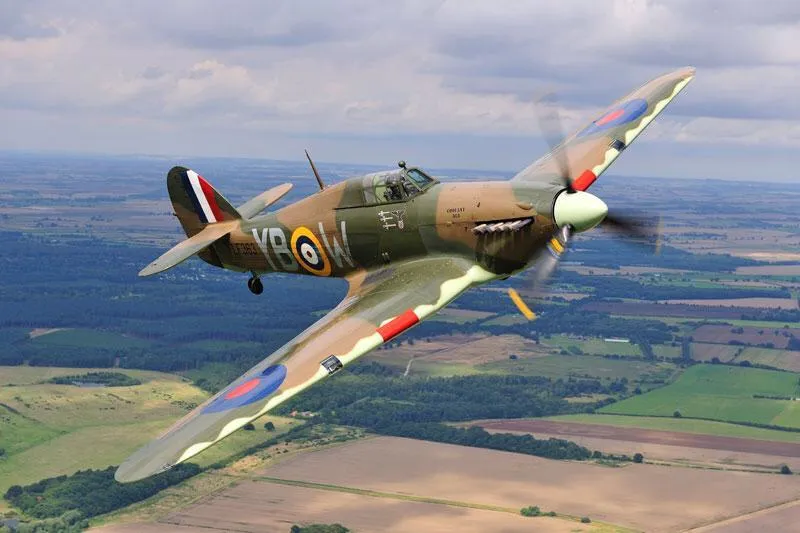11 Squadron (Octores Acrioresque Aquilis). Two Hurricane IIc aircraft were in a mid-air collision whilst getting into formation and crashed 4 miles north of Imphal, India
Pilot Officer ML Fairles (RCAF) pilot of aircraft LK351 and Warrant Officer KP Hill (RAFVR) flying the second aircraft LE 799 were both killed
Cenotaph at Stouffville Cemetery, Stouffville, York Regional Municipality, Ontario

 Stouffville, Ontario
Stouffville, Ontario Canadian Virtual War Memorial
Canadian Virtual War Memorial Commonwealth War Graves Commission
Commonwealth War Graves Commission www.findagrave.com
www.findagrave.com
 Hurricane
Hurricane Wikipedia Hurricane
Wikipedia Hurricane Harold A Skaarup Web Page
Harold A Skaarup Web Page Hurricane - Kestrel Publications
Hurricane - Kestrel Publications